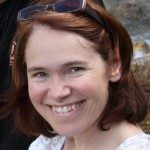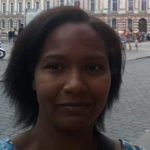Link to Pubmed [PMID] – 29884848
Nat Commun 2018 06;9(1):2253
Elucidating population structure and levels of genetic diversity and recombination is necessary to understand the evolution and adaptation of species. Candida albicans is the second most frequent agent of human fungal infections worldwide, causing high-mortality rates. Here we present the genomic sequences of 182 C. albicans isolates collected worldwide, including commensal isolates, as well as ones responsible for superficial and invasive infections, constituting the largest dataset to date for this major fungal pathogen. Although, C. albicans shows a predominantly clonal population structure, we find evidence of gene flow between previously known and newly identified genetic clusters, supporting the occurrence of (para)sexuality in nature. A highly clonal lineage, which experimentally shows reduced fitness, has undergone pseudogenization in genes required for virulence and morphogenesis, which may explain its niche restriction. Candida albicans thus takes advantage of both clonality and gene flow to diversify.









